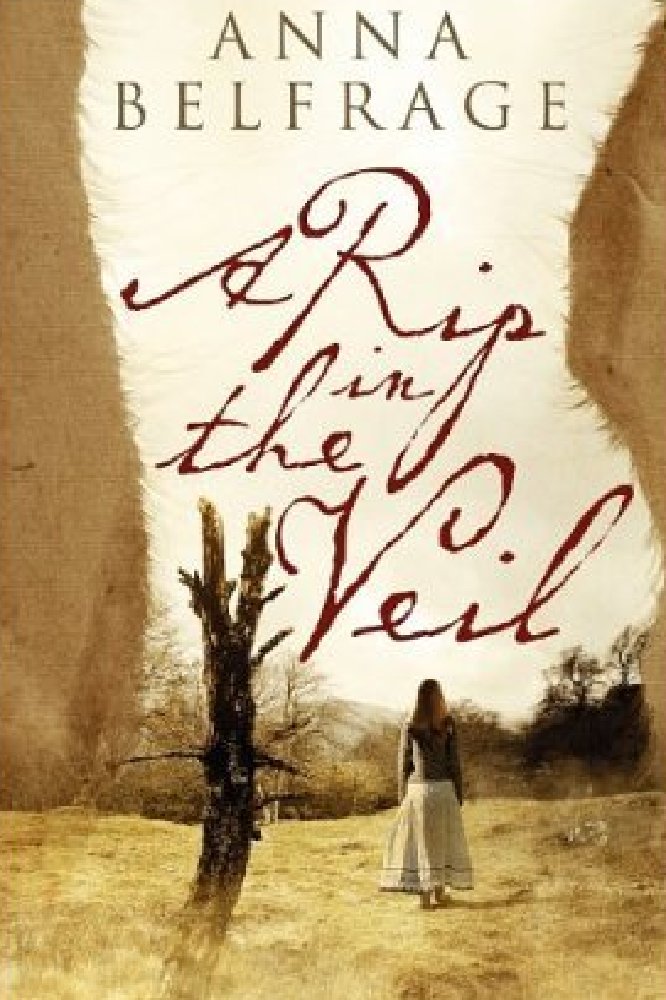
A Rip in the Veil
In celebration of its first decennium, Female First asked me to contribute a little something around the number ten. Of course, Lucy at Female First was not to know that this particular number has had me by the scruff of my neck for most of my life … Ten years is something of a milestone – especially in an industry as new as that of online periodicals – but I must say Female First carries its years with aplomb.
I am far older than ten. Old enough to recall a time when phones were attached by cords to the wall, when computers were so heavy even the portable ones required a weightlifter to budge them, old enough to have been rather sceptical to the concept of reading my magazines on the internet. Not so any longer. Nowadays I scroll and click, becoming impatient when things don’t work ASAP. Which is when it’s good to count to ten…
Most of our lives are structured in tens. Most monetary systems, for example, are built around the numbers ten and one hundred – the last being the mathematical equivalent of ten tens. Until recently, there were certain rebels, such as the UK, where twelve pence equalled one shilling and twenty shillings equalled a pound.
When it comes to counting, using tens is almost universal. Back in the good old days, we used dozens instead (which is why there were twelve pence to the shilling) but seeing as it is much easier to count in tens – with the added benefit that most of us have ten fingers to help us out – nowadays it tens. (Except in Denmark – and in France, which has an interesting combination of a modern system based on tens and an antiquated one based on twenties)
As a child, I couldn’t wait until I became ten. Double digit. Almost an adult. Nowadays, any approaching birthday ending in a zero mostly has me grimacing. Maybe because as we grow older, we realise that there’s a finite amount of tens to our lives. Anyway, I can still remember that on the day I woke to the fact that I was now ten, I was severely disappointed to realise nothing had changed overnight. I wasn’t taller, stronger, better at tennis, than before. (These days, it’s a relief to wake up more or less the same as the night before. I do wish, however, that someone had by now invented the “overnight killer diet”, whereby one woke ten kilos lighter)
I live my life round to-do lists, and my lists almost always have ten items on them. If more, I create more lists, as it disturbs my sense of symmetry to cram eleven or thirteen to do’s down on the same list. Likewise, having only six things on the list is a stress factor. Seriously, is my life THAT boring that I only have six things to do between now and tomorrow? (Happens very rarely, which leads me to conclude my life isn’t boring.)
Now and then, people will ask you to name the ten things you want to do before you die – which is really not a nice thing to ask, is it, as it forces you to face up to the fact that one day you will die, a fact most of us prefer to ignore for as long as possible. Now, when you’re asked that kind of question, the expected reply is NOT “paint my bedroom mauve”. Rather, one should say things like “devote a year to helping the poor in Calcutta” or “start an internet campaign to eradicate female circumcision”.
As I once heard it, there are three (phew, isn’t that a relief? Three, not ten!) things one should strive to do before one dies: have children, plant a tree and write a book. I can tick all those, which one could assume means I can relax, right? No more “must do” things. Hah! My list is much, much longer than that. In fact, there are (surprise, surprise) TEN things on it. What those things might be? Not telling, am I? And one of the items has been on my list for so long I fear it will still be there when I’m dead and gone as well. So maybe I should re-write the list. Or maybe not – what would life be without a challenge or two?
Anna Belfrage is the author of three published books, A Rip in the Veil, Like Chaff in the Wind and The Prodigal Son. The fourth book in The Graham Saga, A Newfound Land, will be published in the autumn of 2013. Set in seventeenth century Scotland and Virginia, the books tell the story of Matthew and Alex, two people who should never have met – not when she was born three hundred years after him.

